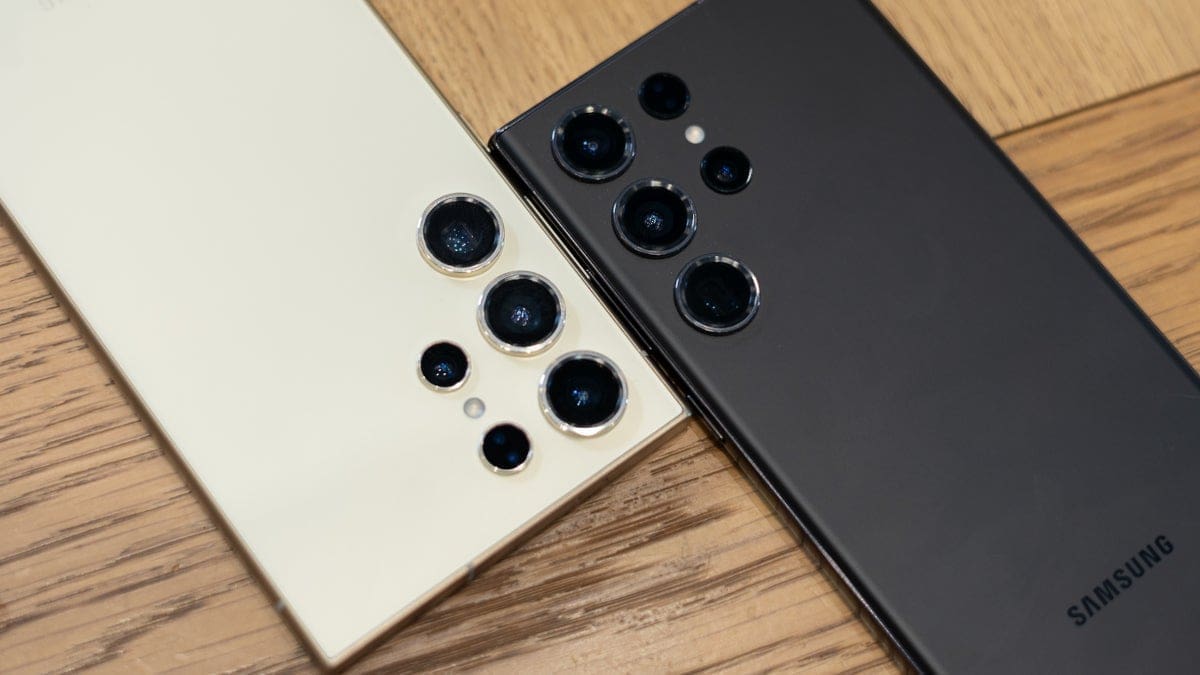Phones Canada is excited to share that Neuralink, the brainchild of Elon Musk, has opened its Patient Registry to Canadian residents, marking a significant milestone as it expands beyond the U.S. for the first time. This move signifies a major leap forward in advancing brain-computer interface (BCI) technologies, according to Neuralink.
Here are some key points to know about Neuralink’s Patient Registry and what it means for Canadians:
– The Patient Registry aims to connect with individuals in Canada who are dealing with various medical conditions such as quadriplegia, paraplegia, visual and hearing impairments, aphasia, or major limb amputations.
– By registering with the Patient Registry, participants can determine if they meet the initial criteria for Neuralink’s clinical trials. This includes the PRIME Study, an investigational trial of Neuralink’s fully-implantable wireless BCI that is compatible with Bluetooth and can connect to devices like iPhones and Macs.
– The PRIME Study focuses on assessing the safety and functionality of the BCI in enabling individuals with quadriplegia to control external devices using their thoughts alone. A human clinical trial is currently underway in the U.S., where a participant had the BCI implanted earlier this year.
– The research involves implanting a small device into a part of the brain responsible for movement planning. This device decodes neural activity, allowing participants to interact with computers or smartphones by simply thinking about moving.
– Noland Arbaugh, a 29-year-old quadriplegic, became Neuralink’s first human patient. He can now operate his MacBook Pro and play video games using only his thoughts—a remarkable advancement in technology.
Individuals who have limited or no use of their hands due to conditions like cervical spinal cord injury or ALS are encouraged to explore joining the Canadian registry to potentially contribute to and benefit from this groundbreaking technology.
Looking ahead, Musk hinted at a new product called “Blindsight” that could potentially treat blindness by transmitting direct vision signals to the brain.
Stay tuned for more updates on Neuralink’s innovative developments as they continue to push boundaries in BCI technology.










